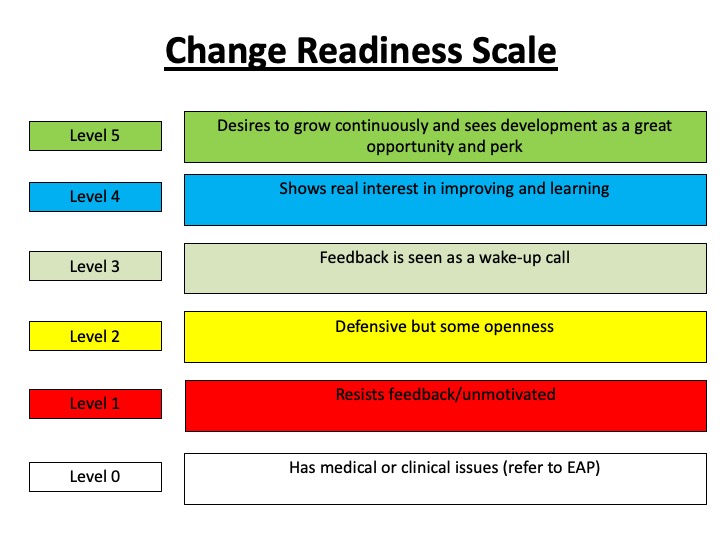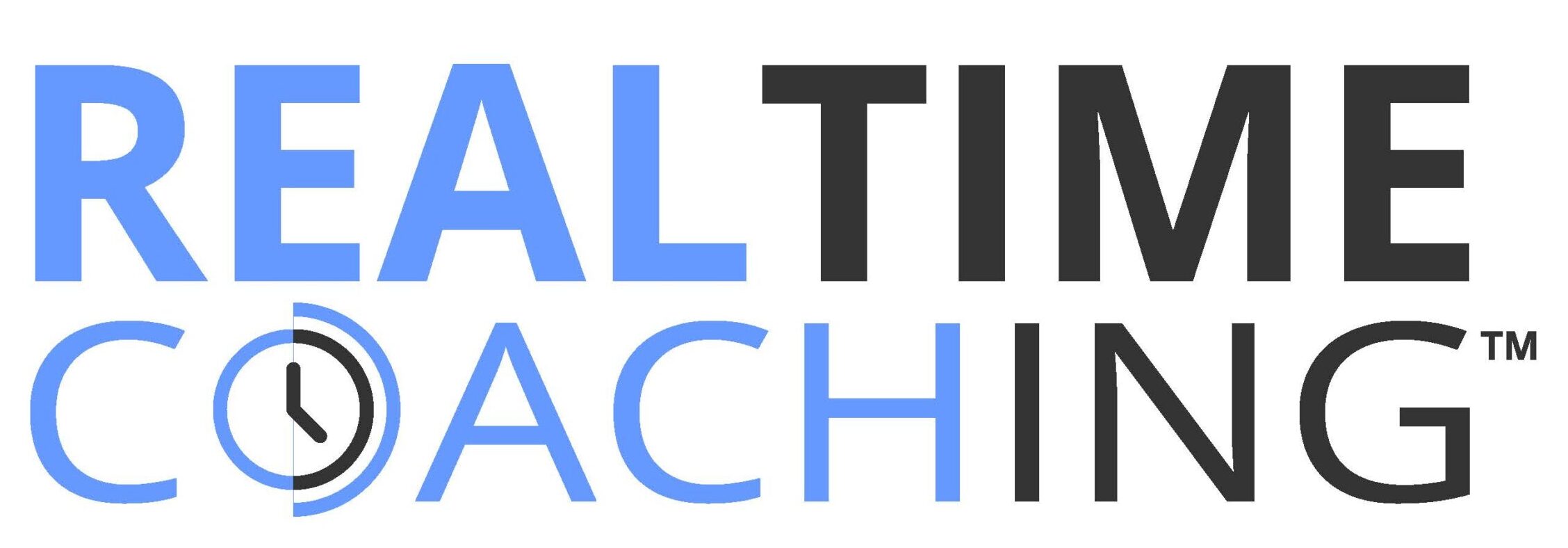Hello RTC clients and friends,
While there are a few people who actually thrive on conflict, most people don’t enjoy being in the middle of conflict. Professional conflict is a part of work. If you don’t have any professional conflict, you’re not making enough things happen. While professional conflict can be a business catalyst, there are many people “losing sleep” over being involved in work conflict. In this blog, I will help you get started on how to unravel conflict sooner rather than later because “conflict is like sweat socks in a locker, they do not get better with age without help”.
Here are 3 steps along with thought-starter questions to using RTC to help resolve the conflict.
Step #1 has two qualifying questions. #1. Is the conflict resolvable/ is the issue fixable? #2. If yes, are we dealing with “normal” behavior? I believe there are issues that have run too deep and have become “irreconcilable differences” where the people involved are unwilling to work together to make things better. The second qualifying question is, “Are we dealing with normal behavior?” I know people are acting “crazy” but when we say “crazy” we are not talking about clinical behavior, we are talking about normal behavior where at least two people’s scales are out of balance. Make sure nobody involved has level 0 behavior. What is level 0 behavior? You can read about the 6 levels of Coaching Readiness here:

Once we determine we are dealing with normal human behavior and an issue all parties are willing to work on, we are ready for Step #2. The question for step #2 is, “What percentage of the conflict is personality based?” This is a question for all the participants to answer. Be prepared to invest some time to review the personality styles by using the TTI Success Insights Talent Insights Reports. You may want to consider having a trusted business partner (like me) to review the reports with everyone involved. If you are going to d-i-y and there are only two people involved in the conflict use the TTI Success Insights Comparison Report and if this is a team conflict, use the TTI Success Insights Team Report. The result of using these reports is vital to bringing down the defensiveness and re-building trust in the overall relationship. Participants will begin thinking something like, “Oh yeah, I forgot that’s how you are!” For more details and help on using personality reports, reach out to me.
Step #3. Take a WDIP inventory. When there is conflict, we have at least two people whose scales are out of balance. But why is that? Some of it is personality style based, but there is deeper work to be done and WDIP will help uncover more.
In short, WDIP is our RealTIme Coaching acronym for: What Do You Want, What are you Doing to get what you want?, Is what you’re doing working? and What is your Plan? These four questions answered by all parties involved will create alignment and expose disconnects that could have caused the conflict. For each category , when I am taking WDIP inventory for each category I ask a couple questions….
W: “On a scale of 1-10, how clearly do you know what you want regarding this issue?” What is it you want?” and “On a scale of 1-10, how clearly do you know what the other person wants regarding this issue”? “What do you think it is they want?”
D: “On a scale of 1-10, how clear are you on what you have done/are doing to get what you want? What actions have you taken?”
I: “Is what you are doing working?” “Is what the other person doing working?”
P: “What is our plan going forward?” Don’t ignore making a Plan. Sometimes, the conversation has gone very well, everyone shakes hands, leaves the meeting and goes about their day. You missed making a plan creating accountability for future behaviors. The plan is often the achilles heel of the RTC process because people don’t do it. The Plan should have 6 distinct steps we identify in RTC with the acronym of SMARTW.
Close the loop with a plan. The plan leads to the next meeting. Within 1-2 weeks, be sure to have a follow up. The topics for this meeting should have already written itself based on the WDIP inventory. The follow up meeting could start with an “Is question” such as: “Since we last met, is the conflict better, worse, or the same? No matter what they answer follow up with, “What makes you say that (better/worse/the same)?”
These first 3 steps should help you get professional conflict going in the right direction which ends up being a win for you, a win for the other people involved, and a win for the organization getting everyone’s scales back in balance, or at least close to it.
If you want help/guidance/realtime coaching with professional conflict you are working on, please feel free to reach out to me: Ryan@liskassociates.com

This is a well-written article. Easy to understand. Useful.